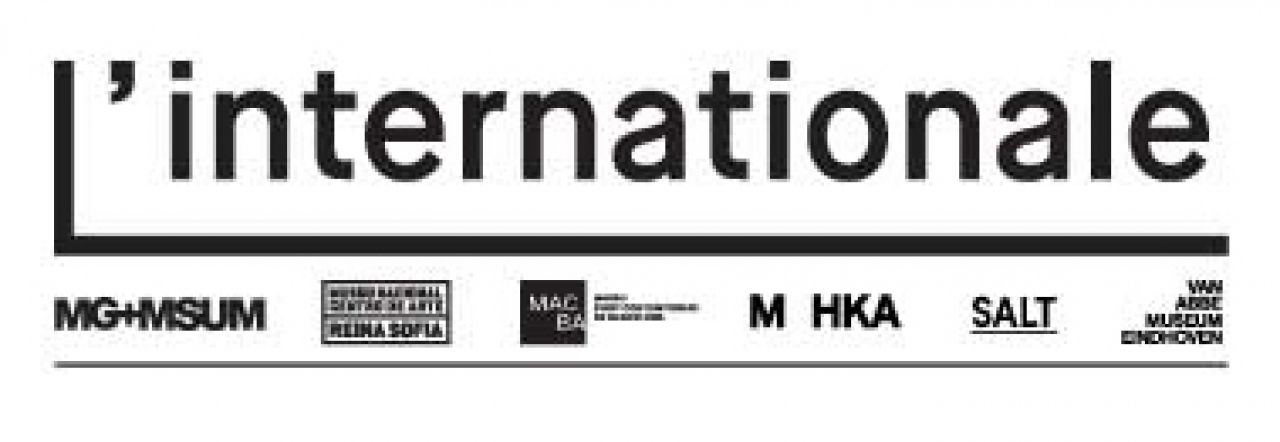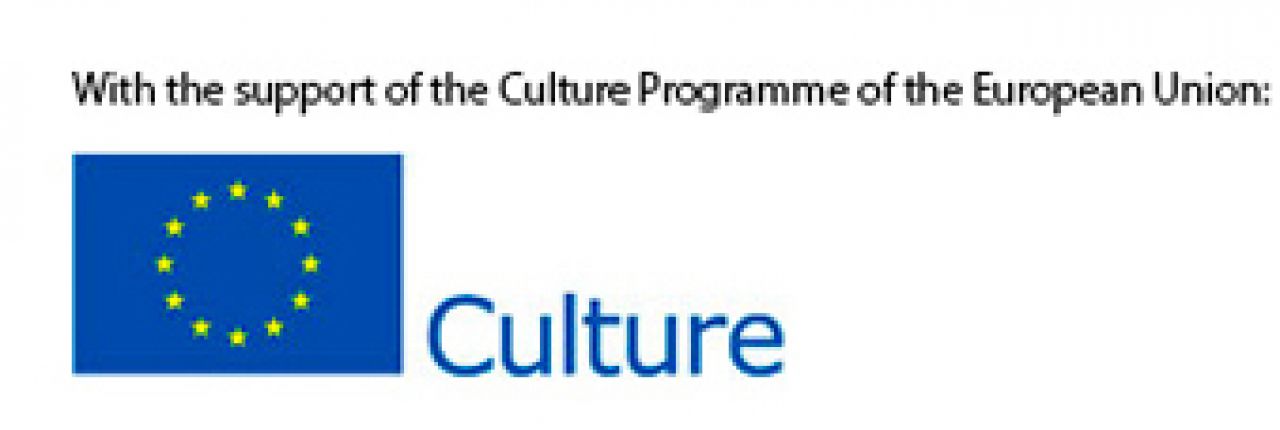The book Osemdeseta o osemdesetih (The Eighties about the Eighties) contains texts by Tea Hvala, Anej Korsika, Kaja Kraner, Aleš Mendiževec and Tjaša Pureber - theorists born in the 1980s who have cast a critical eye on some of the key texts written in that decade and on the relationships between the politics, society, culture, and art of the time. Editor: Bojana Piškur, ISBN 978-961-206-124-1
PRESENTATION OF PUBLICATION
Tuesday, 30 May 2017 at 6 p.m., Seminar Room, +MSUM, Museum of Contemporary Art Metelkova
Speakers: Tea Hvala, Anej Korsika, Kaja Kraner, Aleš Mendiževec, Tjaša Pureber
Moderated by: Bojana Piškur, book editor
The publication is included in Moderna galerija’s project THE EIGHTIES through the Prism of Events, Exhibitions, and Discourses in Slovenia and Yugoslavia, which forms part of a broader research effort into the so-called “uses of art”, a concept that preoccupied European thinkers about art in the 1980s, now carried out by the museum confederation L’Internationale, of which Moderna galerija in Ljubljana is a founding member. In the Socialist Federative Republic of Yugoslavia, and particularly in Slovenia, “uses of art” had very specific undertones, since civil society evolved from, or with the aid of, the artistic alternative scene in the early 1980s. “Alternative” did not merely designate a segment of art production, but also an analytical model and a political normative.
In Slovenia, the term civil society was first introduced in the sociopolitical developments of the time at the symposium “What is the Alternative?” at Disco FV in Ljubljana in November 1983. The notion of civil society was based on fairly different premises than in other Eastern European countries. Rather than reflecting dissidence and a position of “civil society against the state” it referred to, first and foremost, interconnecting the various new social movements and framing “new forms of societality” that were more than merely “in opposition” to the establishment. “The alternative” played an important part in this, based as it was on various forms of other, bottom-up cultural production (mass culture, theater, happenings, fashion, music, video, visual arts).
In the early 1980s, the idea of civil society was still understood in terms of discussions about a “socialist civil society” (which, according to Tomaž Mastnak, were not spurred by antisocialism or anticommunism); at the end of the 1980s, civil society assumed power and became the ideology of the ruling authorities, replacing the socialist regime with the capitalist system. And here lies the paradox: civil society in power is no longer civil society, since it becomes part of the establishment.
So what do we talk about when we talk about civil society from our present-day perspective? Are there any concepts or ideas that are more than just civil-society “bourgeois semantics”, more than mere flotsam from the 1980s? What remains of the erstwhile “ideals” of civil society after the transition from socialism to capitalism, after the formation of new states on the territory of former Yugoslavia, after the conflicts and wars of the 1990s? These are the questions the texts in the publication try to answer.
This book is part of an extensive project entitled THE EIGHTIES, which constitutes part of the five-year program The Uses of Art – the Legacy of 1848 and 1989, organized by the museum confederation L’Internationale. It is supported by the Ministry of Culture of the Republic of Slovenia and the Culture Programme of the European Union.
Support:
 |
 |
 |
Information:
Andreja Bruss
Public relations
Windischerjeva ulica 2, 1000 Ljubljana
T: +386 1 2416 817
E: andreja.bruss@mg-lj.si